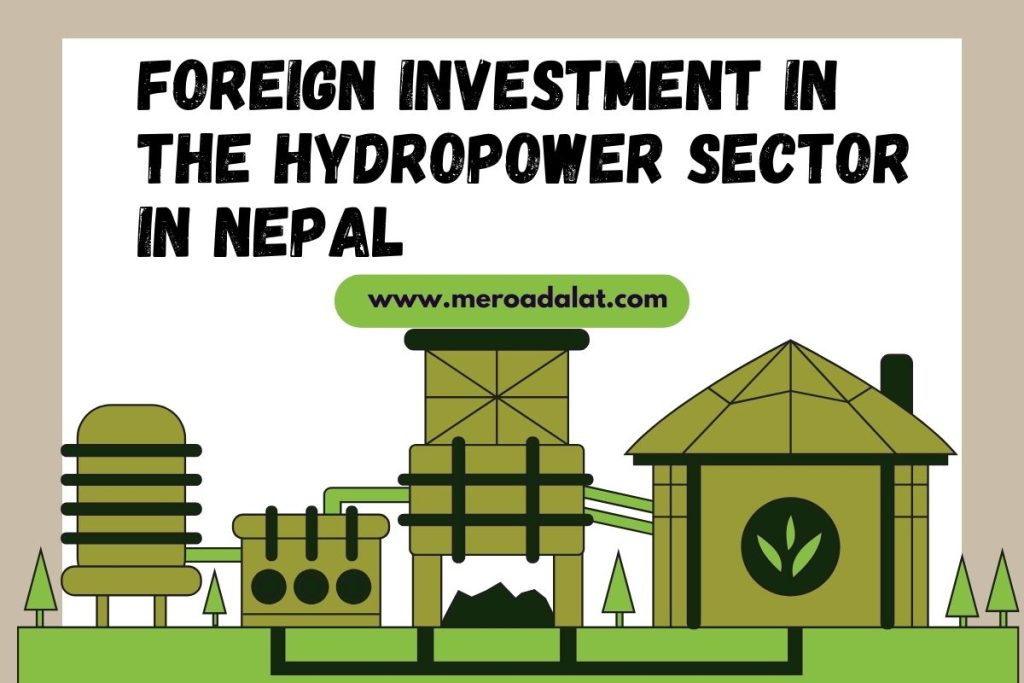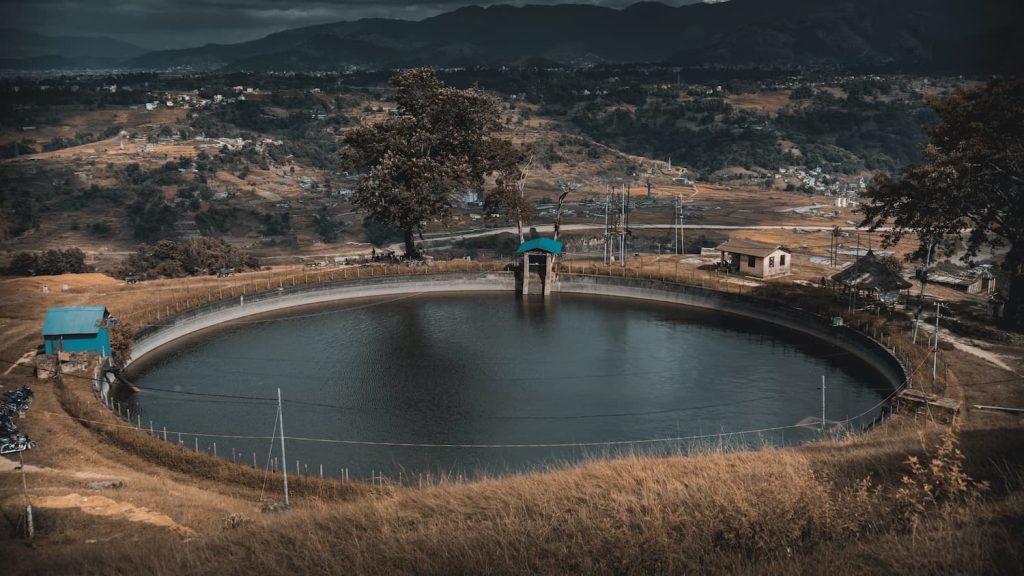This article guides you to all the provisions relating to foreign investment in hydropower in Nepal and also the latest legal provisions relating to it.
Introduction – Foreign Investment in Hydropower in Nepal
Foreign Direct Investment (FDI) plays a pivotal role in the development of Nepal’s hydropower sector.
Nepal, blessed with abundant water resources and untapped hydroelectric potential, has emerged as an alluring opportunity for global investors with a keen interest in engaging in hydropower ventures.
In this article, we will look into the formal legal framework and productive investment prospects.

Nepalese Legislation Governing Foreign Investment
Nepal’s legal structure concerning foreign investments is primarily governed by the Foreign Investment and Technology Transfer Act of 2019 (FITTA 2019).
This legislation categorizes foreign investors into two distinct groups: “Non-resident Nepali” and “foreigners.”
Both these categories are granted the eligibility to invest in Nepali hydropower projects, promoting an inclusive environment conducive to foreign investment.
Investment Opportunities in Hydropower
Nepal presents a compelling investment prospect in its hydropower sector, backed by the presence of more than 6,000 rivers. This abundant water resource translates into a significant hydropower potential, reaching a staggering 83,000 MW, out of which 43,000 MW stands as economically viable.
The government’s focused plan for hydropower development is geared towards exporting electricity to countries like India and Bangladesh, where there is a strong demand for hydroelectricity.
Equal Treatment for Domestic and Foreign Investors
Under Section 32 of the Foreign Investment and Technology Transfer Act of 2019 (FITTA 2019), both domestic and foreign investors are guaranteed equal treatment.
This provision establishes a fair and level playing field for all, ensuring that no discrimination exists between local and international investors.
The legislation allows for the secure repatriation of profits to investors’ home countries, creating a stable and trustworthy investment environment.
Single Stop Service Center
As per Section 23 of the Foreign Investment and Technology Transfer Act of 2019 (FITTA 2019), all foreign investments, including hydropower projects, are required to undergo a streamlined process facilitated by the Single Stop Service Center.
This centralized hub expedites various services, including hydropower registration, approvals for foreign investment and loans, company registration, labor permits, and visa facilities.
The Center enhances Nepal’s investment climate, ensuring efficiency and ease of conducting business for both domestic and international investors.
Nepal Investment Board Approval
Approval from the Nepal Investment Board is a prerequisite for hydropower projects in Nepal, especially those with a capacity surpassing 200 MW or an investment exceeding $6 billion.
This mandatory approval ensures that large-scale projects adhere to rigorous standards and regulations. On the other hand, projects with capacities below 200 MW must obtain approval from both the Department of Electricity Development and the Department of Industry.
These formalities serve as essential checkpoints, ensuring the meticulous assessment and supervision of hydropower initiatives in Nepal, promoting accountability, and maintaining the sector’s integrity.

Procedure for Obtaining a License from the Nepal Investment Board
Application Submission
Foreign investors interested in hydropower investments must initiate the process by submitting a comprehensive application to the Nepal Investment Board, which includes a detailed project report outlining the venture’s scope and potential.
Executive Evaluation
The application undergoes a thorough evaluation conducted by the executive head of the Investment Board.
This evaluation assesses the project’s viability, scrutinizing various aspects such as financial feasibility, environmental impact, technological viability, and social implications. If the project is found suitable, the formal investment study process commences.
Advisory Committee Report
A specialized advisory committee, well-versed in the technological aspects of the project, conducts a meticulous evaluation.
Their assessment provides valuable insights into the project’s technical feasibility and helps in the decision-making process.
Meeting Request
Upon the completion of technical assessments, the applicant is invited for a detailed discussion.
This crucial meeting allows for a comprehensive dialogue, addressing any queries or concerns and ensuring clarity in project understanding.
Meeting Request
Upon the completion of technical assessments, the applicant is invited for a detailed discussion.
This crucial meeting allows for a comprehensive dialogue, addressing any queries or concerns and ensuring clarity in project understanding.
Meeting Request
Upon approval, the Nepal Investment Board mandates the presentation of an Environmental Impact Assessment (EIA) report.
This report, highlighting the project’s environmental implications, must be presented within three months post-approval.
This step ensures that the project aligns with environmental sustainability standards and adheres to responsible practices, reflecting Nepal’s commitment to ecological preservation.
Conclusion
Nepal’s hydropower sector stands as a promising opportunity for foreign investors. The government’s dedicated efforts to foster an investment-friendly atmosphere, coupled with the transparent guidelines established in FITTA 2019, make Nepal an appealing destination.
With abundant water resources and escalating demand for electricity in neighboring nations, Nepal’s hydropower sector offers an alluring prospect.
Investing in Nepal’s hydropower sector not only help in the nation’s economic advancement but also presents foreign investors with the possibility of significant returns.
